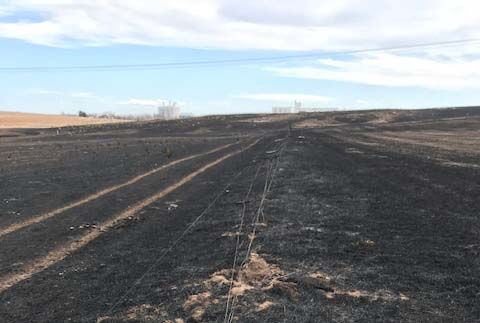In this video from K-State Research and Extension, Beef Extension Specialist AJ Tarpoff says it’s important that cattle producers monitor their water sources carefully for signs of cyanobacteria, or blue-green algae.
Reports of blue-green algae have occurred across Kansas recently. Blue-green algae—technically a bacteria, Tarpoff says—becomes a higher risk in farm ponds and other water sources when days are hot and sunny.
“(Blue-green algae) blooms can happen overnight,” Tarpoff said. “And some of these species of cyanobacteria can release toxins leading to severe illness or death in our livestock animals. It’s prudent for livestock producers to monitor their watering sources carefully…ponds in particular.”
If blue-green algae is present in a watering source, Tarpoff said “it’s critical to make management decisions immediately because the rest of the animals are at risk if they’re consuming that.”
According to Tarpoff, producers should get cattle away from that pond as soon as possible; consider fencing; and use a secondary water source (such as a well, or hauling water to cattle).




